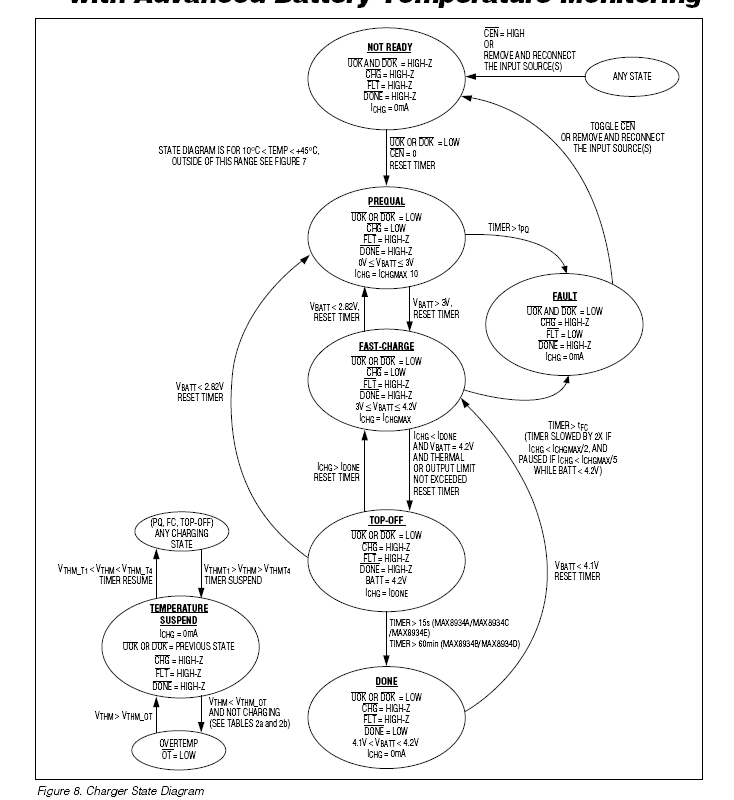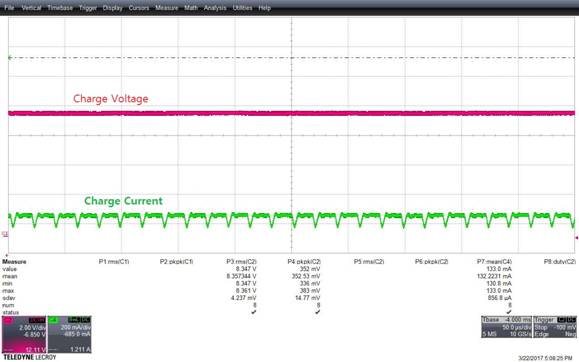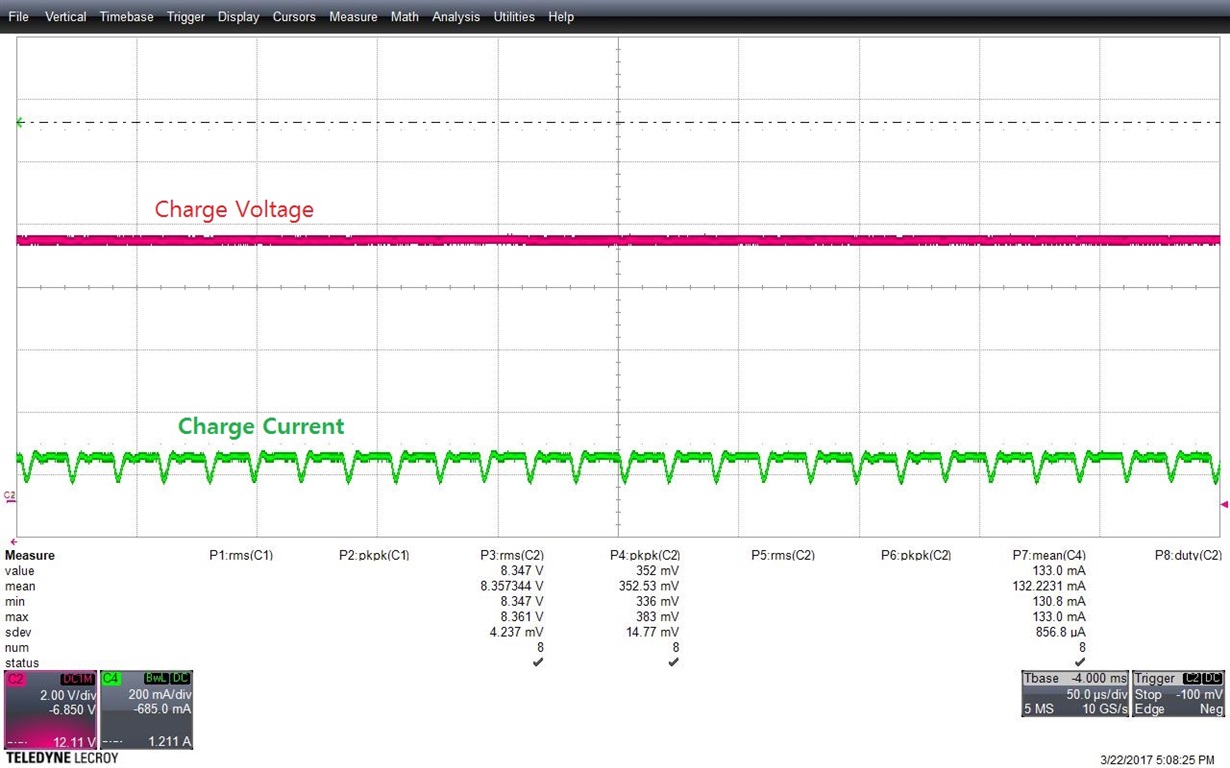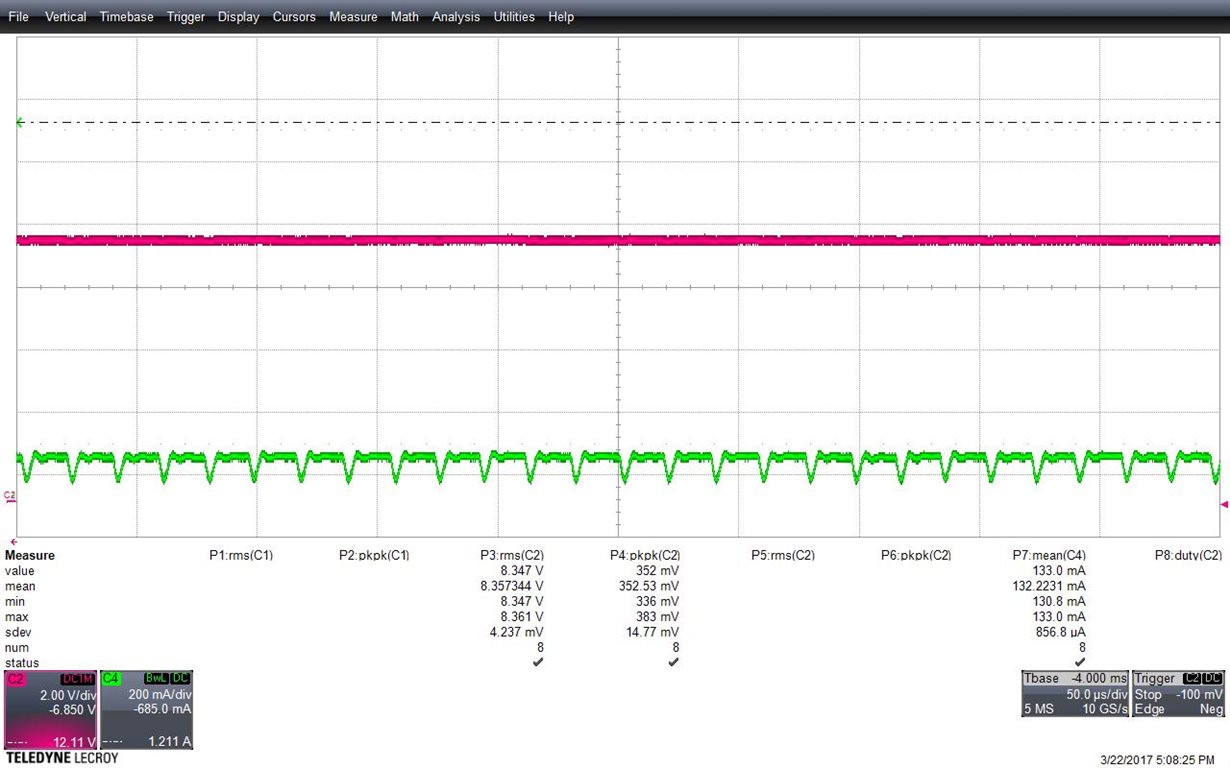Other Parts Discussed in Thread: , BQ24172
Hi,
I am beginner for battery charger, and willing to use TI's BQ24133.
Now I'm reviewing BQ24133 datasheet, and have several quesitons as below.
1. Typical Application Schematic at page 1 of BQ24133 datasheet.
-> There are 3 P-channel FETs as Q1, Q2, and Q3. I wonder what the role of these compenents is.
-> I'd like to know why Q1,Q2 two compenents needed at the input. Also I'm very curious if I can use just diode rather than Q3 at BATDRV pin.
2. Table 3. STAT Pin Definition at page 23 of BQ24133 datasheet.
-> I found LED blinking at abnormal status, and also found the blinking time period is different from various abnormal status.
-> Can you explain the rule of STAT LED blink period?
3. 10.2 Typical Application at page 25 of BQ24133 datasheet.
-> VBAT is connected to AVCC input. Is there any special reason?
4. I found the switching period is random at normal operation.
-> I cannnot found any explanation of this random switching period. Is this the normal behavior expected by TI?
Please review above questions, and give answer for me.
Thanks,
TS











